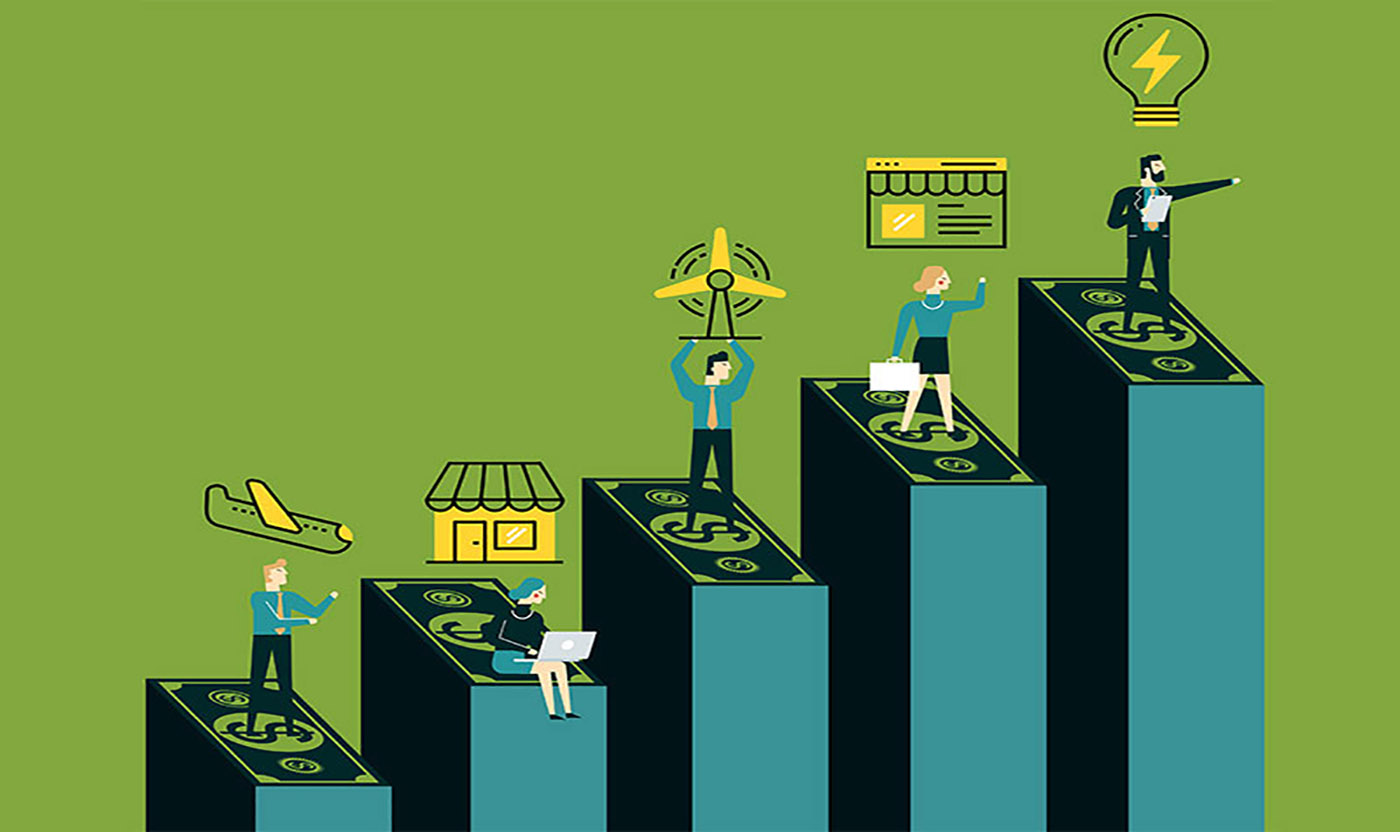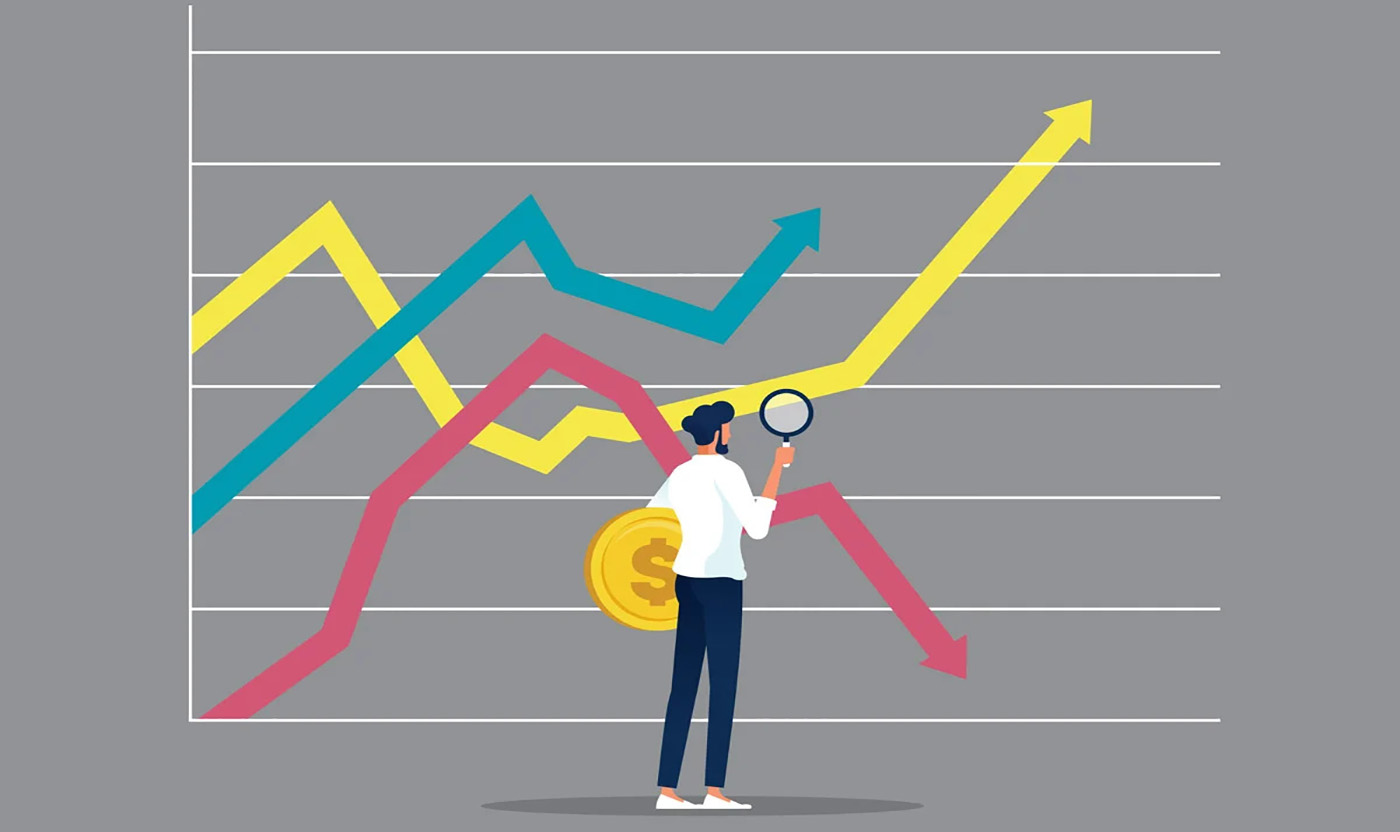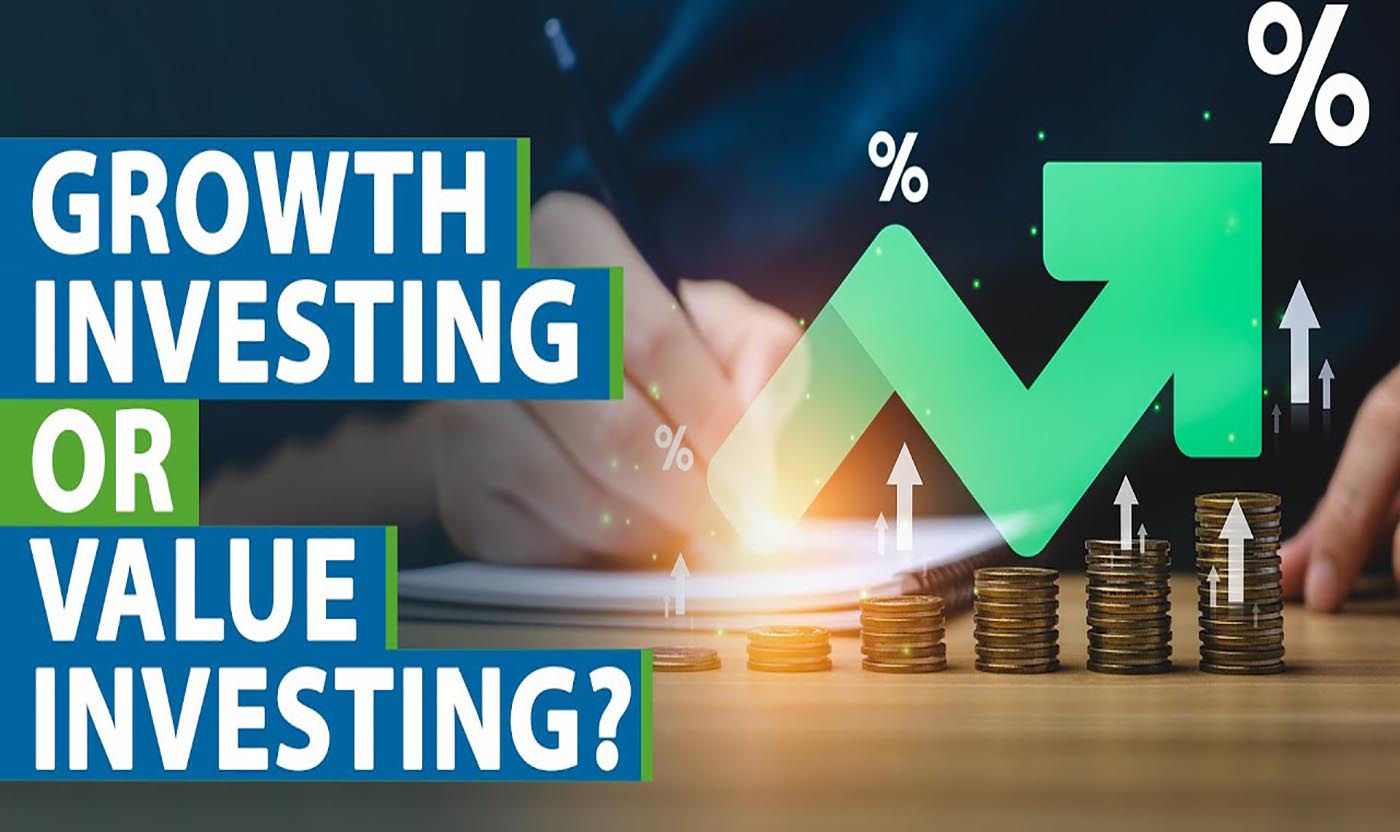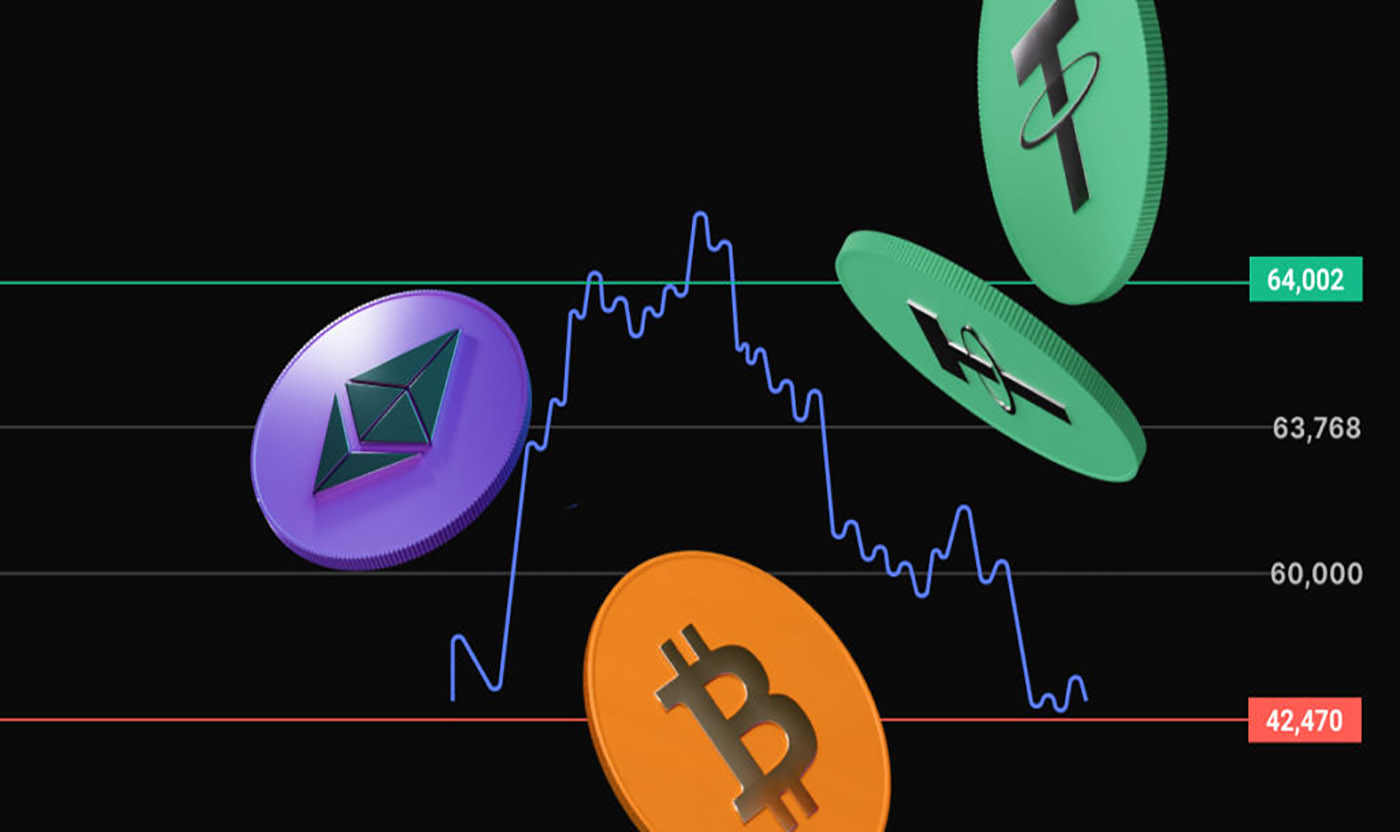The year is 2025, and the investing landscape in the U.S. and Europe is evolving at lightning speed. Inflation has cooled from its 2022–2023 highs, but the scars remain. Investors, myself included, are increasingly shifting away from broad-based index strategies and instead gravitating toward thematic ETFs—those focused on narrow sectors or long-term megatrends. Artificial intelligence and clean energy are two themes that stand out in the crowd.
What drew me to thematic funds was the promise: exposure to powerful, disruptive ideas that could shape the global economy for decades. But promises are easy. I wanted proof. That’s why I began this journey—to understand if these funds are worth the hype or just another shiny object.
What Exactly Is a Thematic ETF?
Before diving into the specifics, let’s level-set. A thematic ETF (exchange-traded fund) tracks a group of companies tied to a specific trend, idea, or innovation. Unlike sector ETFs (like XLE for energy or XLK for tech), thematic ETFs often span multiple sectors and geographies.
Themes like artificial intelligence, robotics, blockchain, clean energy, and even psychedelics or space exploration now have dedicated ETFs. They don’t just offer exposure—they offer a narrative. But narratives can be dangerous without data.
The AI Boom: A Bubble or the Next Frontier?
Let’s get something straight—AI isn’t new. It’s been around in some form for decades. But the pace of progress exploded with the release of GPT-4 in 2023 and continued into GPT-5 in late 2024. By 2025, we’re not just talking about chatbots—we’re talking about entire industries being reshaped.
I started researching popular AI-themed ETFs like Global X Artificial Intelligence & Technology ETF (AIQ) and ROBO Global Robotics and Automation Index ETF (ROBO). These funds invest in companies developing AI, machine learning, robotics, and automation.

What I looked at:
- Top holdings: Nvidia, Palantir, UiPath, C3.ai, Amazon Web Services spin-offs.
- Expense ratios: Typically between 0.45% and 0.68%—higher than a vanilla S\&P 500 ETF like VOO.
- Past performance: Strong, especially since mid-2023, but with intense volatility.
It’s easy to be dazzled by Nvidia’s triple-digit gains or OpenAI’s rumored IPOs, but I forced myself to dig deeper. What I found was sobering: not all holdings in these ETFs are “pure play” AI companies. Many are legacy firms riding the narrative.
If you’re investing based on long-term AI potential, make sure you’re not overpaying for tangential exposure.
Clean Energy: Real Momentum or Another False Dawn?
The clean energy story feels different in 2025. After several false starts over the past decade, there’s a sense that this time, it’s real. Why? Two reasons:
- Policy certainty: The EU Green Deal and U.S. Inflation Reduction Act provided a stable investment framework.
- Capital flows: Trillions are pouring into climate tech and sustainable infrastructure.
I focused my research on ETFs like iShares Global Clean Energy ETF (ICLN) and First Trust Nasdaq Clean Edge Green Energy Index Fund (QCLN).
Key observations:
- ICLN has diversified across solar, wind, and battery storage plays globally. Top holdings include Enphase Energy, Vestas, and Plug Power.
- QCLN is more U.S.-centric with heavier exposure to electric vehicle makers and tech-adjacent firms.
But here’s the problem: many of these companies are still unprofitable. That’s fine for a growth theme, but in a high-rate environment, funding risk is very real. I’ve watched valuations come down since their 2021 highs, but volatility remains high.
So, I asked myself—do I believe the world will double down on climate transition in the next 10 years? If the answer is yes, these ETFs are long-term plays worth considering, even if the ride is bumpy.
Risk Management: What I Learned (the Hard Way)
Back in 2022, I made the mistake of going all-in on a thematic ETF without understanding its construction. That fund had 15% in companies that later went bankrupt. I don’t want to repeat that mistake.
Now, before I buy any thematic ETF, I ask:
- Is the theme tied to real, structural change or just a news cycle?
- Are the holdings high-quality companies or penny stocks piggybacking the narrative?
- How concentrated is the fund? Many thematic ETFs are top-heavy.
I’ve also learned to balance thematic exposure with core holdings. I still anchor my portfolio in VTI and VXUS (for total U.S. and global market exposure), and I treat thematic ETFs as satellite positions—no more than 10–15% of my equity portfolio.
How I Evaluate Thematic ETFs Before Buying
With so many options available, thematic ETFs can feel overwhelming. Every month, there seems to be a new ETF capitalizing on a new tech trend or political narrative. I needed a system—a personal checklist—to evaluate each one objectively.
Here’s what I now look at before committing capital:
- Theme Strength and Longevity
Is the underlying theme expected to grow for at least the next 5 to 10 years? AI and clean energy pass this test. Others, like cannabis or SPAC-focused ETFs, failed for me—either too speculative or driven by hype without regulatory clarity. - Holdings Transparency
I avoid any fund that doesn’t clearly list its top holdings on its website. Sites like ETF.com and Morningstar help break down exposure by sector, geography, and individual companies. I want to know how “pure” the play is. If I’m buying an AI fund, I don’t want to see 30% allocated to legacy tech firms with minimal AI involvement. - Fund Liquidity and AUM (Assets Under Management)
A rule of thumb I follow: avoid ETFs with under \$100 million in AUM unless you’re prepared for lower liquidity and higher bid-ask spreads. A low AUM also signals potential risk of fund closure. - Expense Ratio
Thematic ETFs tend to carry higher expense ratios. I’m okay paying more if I get genuine exposure to an emerging sector—but I want to make sure it’s not just a closet index with a sexy label. - Performance vs. Benchmark
Comparing the performance of a thematic ETF with the S\&P 500 or Nasdaq over a 3- or 5-year period is telling. I’ve seen funds ride the wave for 18 months, then crash with no recovery. That’s a sign of poor construction.
Personal Allocation Strategy in 2025
It’s May 2025, and my thematic allocation looks like this:
- AI/Automation ETFs: 5% of total portfolio
- Clean Energy ETFs: 4%
- Space Exploration and Climate Tech: 1%
- Core Index Funds (e.g., VTI, VXUS, SCHB): 70%
- Bonds and Short-Term Cash Equivalents: 20%
Why only 10% total in thematic ETFs? Because while I’m optimistic about these trends, I also recognize the risk of being early—or wrong. I’m not trying to hit home runs; I’m building wealth slowly and with margin for error.
Thematic ETFs are like spices. Use too much, and they overpower the meal. But the right amount adds depth, color, and a lot of potential upside.
Tools That Helped Me Track and Evaluate Thematic ETFs
Let me share some of the resources I rely on for thematic research:
- ETF.com: Fantastic for screening ETFs by theme, reading in-depth analysis, and checking fund holdings.
- Seeking Alpha: Great for crowd-sourced insights, earnings commentary, and sentiment tracking. I use this to see if enthusiasm matches fundamentals.
- Morningstar: They provide risk ratings, style boxes, and portfolio X-ray tools to see how a fund fits with my broader strategy.
- Yahoo Finance and MarketWatch: I use these for day-to-day price tracking, charts, and news alerts.
- Koyfin: A newer tool I like for data visualization—makes it easier to compare multiple ETFs across different performance metrics.
Common Mistakes to Avoid When Investing in Thematic ETFs
Let me be honest: I’ve made almost every mistake an ETF investor can make. From buying high during a hype cycle to failing to read the fund prospectus, I’ve learned some lessons the hard way.
Here are a few traps to avoid:
- Chasing Recent Performance
Just because a fund doubled in the last 12 months doesn’t mean it will double again. Often, by the time retail investors jump in, the institutional money is already rotating out. - Overconcentration
A thematic ETF may appear diversified with 50 holdings, but if 40% is in three names, it’s effectively a bet on those companies. - Not Understanding the Narrative Risk
Narratives can be intoxicating—especially when the media repeats them daily. Always ask: what could go wrong with this theme? What if regulation changes or the tech doesn’t deliver? - Ignoring the Macroeconomic Backdrop
In a rising interest rate environment like 2022–2024, growth-themed ETFs suffered disproportionately. Don’t ignore rates, currency risks (for global funds), or inflation expectations.
Deep Dive: Representative Holdings in AI and Clean Energy ETFs
To really understand where your money goes in a thematic ETF, you have to crack it open. I spent several evenings this spring combing through the top holdings of my two largest thematic exposures: AI and clean energy.
AI ETFs: Not Just About NVIDIA
Take Global X’s AI ETF or iShares Robotics and AI ETF. The top holdings are what you’d expect—NVIDIA, Microsoft, and Alphabet. But what struck me is how heavily concentrated they are in mega-cap tech. In fact, in one fund, over 35% of the weight was tied to just four names.
That’s not necessarily a bad thing—NVIDIA is printing record earnings from AI demand in 2025—but it’s not a “broad bet on emerging AI.” It’s a bet on existing tech giants benefiting first from the AI arms race. If you want small-cap, high-growth pure AI plays (e.g., edge inference chips or industrial AI), you’ll need to dig deeper.
Some interesting smaller holdings I noticed in niche AI ETFs included:
- UiPath – automation software.
- Symbotic – warehouse robotics.
- SoundHound AI – voice-to-text algorithms.
These are higher-risk, but more tightly linked to the thematic narrative beyond just cloud infrastructure and GPUs.
Clean Energy ETFs: Solar, Wind, and Policy Risk
Clean energy ETFs like ICLN (iShares Global Clean Energy) or TAN (Invesco Solar ETF) offer more geographic diversification—but that comes with trade-offs. TAN is heavily weighted toward U.S. solar companies like Enphase Energy and First Solar, while ICLN has substantial exposure to European firms like Vestas Wind Systems and Ørsted.
The surprise for me was how politically sensitive these funds were. For example:
- European holdings were hit in 2024 by German and UK subsidy uncertainty.
- U.S. solar names soared post-IRA (Inflation Reduction Act), but are now range-bound due to high interest rates affecting infrastructure expansion.
The clean energy theme is absolutely real—but you need to be ready for volatility. Wind turbine projects are capital intensive. Any spike in bond yields or delays in permits can crush earnings outlooks.
A Tale of Two Trades: One Success, One Flop
I want to share two personal stories—one where a thematic bet paid off, and one where I ate dirt.
The Win: AI Infrastructure in 2023–2024
I bought into a small AI-focused ETF in early 2023, mostly on a hunch that ChatGPT’s explosion would drive demand for inference chips. The ETF held a small but meaningful position in Marvell Technology, which makes data center hardware. Over 18 months, that position tripled.
What I learned: thematic ETFs can work—if you enter early and the thesis materializes. But it’s rarely about one company. You need to believe in the trend and accept the volatility.
The Flop: Hydrogen in 2021–2023
I bought into a hydrogen-themed ETF in 2021, thinking I was early. What I missed: the tech wasn’t ready, the costs were too high, and the legislative support was uneven. By 2023, the ETF had lost more than 40% of its value—and never recovered. I sold after two years of holding, frustrated.
Lesson learned: don’t confuse a promising idea with a viable business model. Just because a theme is green doesn’t mean it’s profitable.
Policy Winds in 2025: Tailwinds and Headwinds
2025 has been a defining year for thematic investing in Europe and the U.S. Here’s a snapshot of the policy context:
U.S.
- The IRA continues to pump billions into green tech, though there’s increasing political scrutiny as the 2026 election cycle approaches.
- AI regulation remains light-touch, but that may change in late 2025, especially around data privacy and ethical usage.
EU
- The European Green Deal is being restructured with greater focus on energy independence from Russia and China.
- AI legislation is more stringent, especially around LLMs and facial recognition—potentially limiting growth in consumer-focused AI sectors.
The policy risk is real—but so is the opportunity. If you track the narrative, understand the regulation pipeline, and position early, you can ride these themes with less surprise.

Actionable Advice for Thematic Investors in 2025
If you’re thinking of jumping into thematic ETFs this year, here’s what I recommend based on experience:
- Don’t Allocate More Than 10–15% of Your Portfolio
Thematic ETFs should be a satellite position, not your core. Use them to express a view—not to build your retirement plan. - Use Stop-Losses or Alerts
I’ve set up alerts on MarketWatch and Yahoo Finance for any 10% daily move in my thematic ETFs. These names move fast—both up and down. - Watch Central Bank Speeches
If the Fed signals higher-for-longer rates, capital-intensive green tech may suffer. Conversely, a pivot can send these names flying. Bookmark federalreserve.gov and ecb.europa.eu. - Use Koyfin or Morningstar for Correlation Analysis
Thematic ETFs often overlap with your tech or growth exposure. Make sure you’re not unintentionally overexposed. - Check for Closures
If your ETF has low volume and low AUM, check the fund sponsor’s track record. Fund closures aren’t uncommon—and they come with tax surprises.
Risk with Purpose
As I reflect on my portfolio today, the thematic funds I own are more than just ticker symbols—they’re expressions of my long-term worldview. I believe AI will reshape productivity, that climate tech will redefine energy, and that the right ETFs give me an efficient way to participate.
But I also know that ideas, no matter how compelling, are not guarantees. They’re blueprints, not finished buildings.
My thematic ETF positions are small, intentional, and carefully reviewed every quarter. I don’t trade them often—but I monitor them relentlessly. Because in this space, the difference between conviction and speculation is research.
And when research meets discipline—that’s where good investing lives.



